Middlesex, once one of England’s historic counties, may no longer exist as an administrative unit, but its legacy endures. Nestled between the City of London, Hertfordshire, Buckinghamshire, and Surrey, Middlesex has always been a land of in-betweens—where rural pastures met urban expansion, and where ancient traditions intertwined with modern progress. Today, much of the county lies within Greater London, yet many towns, landmarks, and green havens still proudly identify with Middlesex.
The origins of the county stretch deep into early English history. Its name derives from the Middle Saxons, the people who settled in the area during the Anglo-Saxon period. For centuries, Middlesex remained largely agricultural, its fields supplying London with food and its villages providing a quieter counterbalance to the bustling metropolis. Over time, the inexorable growth of London reshaped the county, swallowing fields, farms, and villages into the sprawl of the capital. Still, Middlesex retained distinctive features: market towns, great houses, riverside parks, and historic churches.
At its heart stood London itself, though the City and Westminster grew into separate counties of their own. Surrounding them, Middlesex encompassed a tapestry of suburban towns such as Enfield, Harrow, Uxbridge, and Twickenham, each with its own identity and character. Stately homes like Hampton Court and Syon House spoke to aristocratic grandeur, while places like Hounslow Heath and the River Thames carried echoes of travel, trade, and folklore.
The county also became famous for its institutions. Middlesex University preserves the county’s name in education, while the Middlesex cricket team, based at Lord’s in St John’s Wood, keeps sporting tradition alive. For many Londoners, “Middlesex” remains a nostalgic anchor to a past when the county marked the threshold between city and countryside.
Exploring Middlesex today means uncovering layers of history, heritage, and hidden beauty. From great riverside estates to historic market towns, from ancient churches to leafy commons, Middlesex offers a journey into the very fabric of England’s evolving story.
Hampton Court Palace

Although often associated with Surrey, Hampton Court Palace historically lay within the borders of Middlesex, and its legacy as one of England’s most spectacular royal residences ties it deeply to the county’s story. Built in the early 16th century by Cardinal Thomas Wolsey, it became a favourite palace of King Henry VIII, who expanded it into a vast Tudor complex.
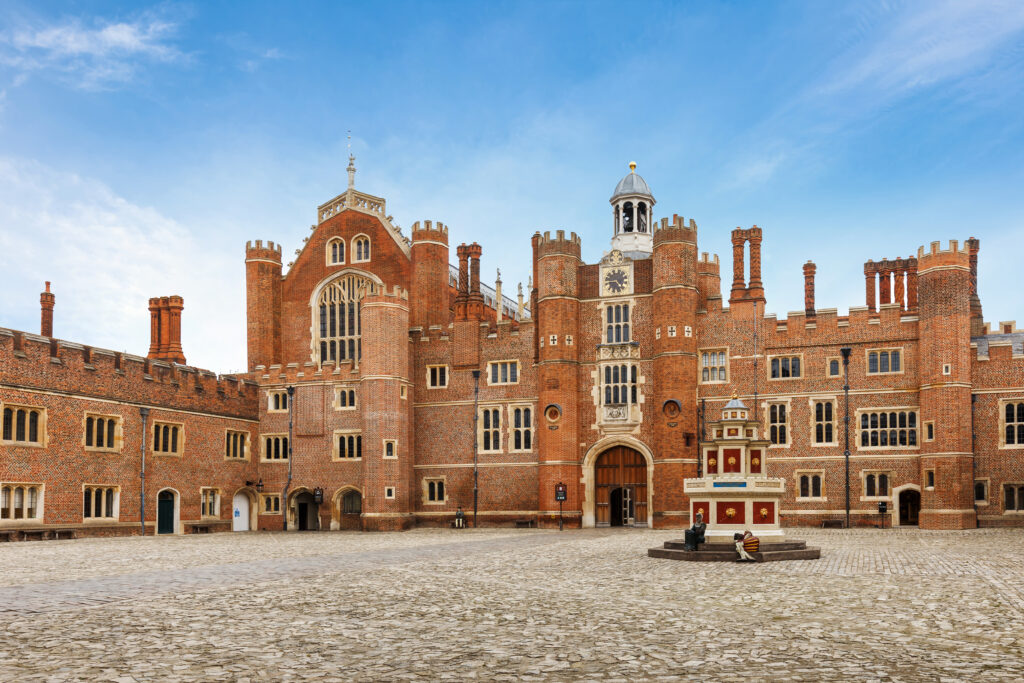
The palace offers a rare chance to step into the grandeur of both the Tudor and Baroque eras. Visitors can wander through the Great Hall, where Henry VIII dined beneath a hammer-beam roof hung with tapestries, or explore the intimate Tudor kitchens where feasts for hundreds were prepared. The later additions by Sir Christopher Wren transformed Hampton Court into a Baroque masterpiece, with the Fountain Court and elegant apartments that rival Versailles in their splendour.

Equally famous are the gardens, stretching across 60 acres, with the Great Vine, planted in 1768, still producing grapes today. The Hampton Court Maze, dating from the 17th century, continues to delight visitors of all ages.
Hampton Court Palace is not just a building but a symbol of England’s shifting history—from Tudor politics to Georgian elegance, from medieval feasts to modern festivals. Its enduring presence makes it one of Middlesex’s most iconic treasures.
Syon House

Syon House, set beside the Thames at Isleworth, is one of the finest stately homes in Middlesex. Built on the site of a former Bridgettine abbey, it was transformed in the mid-16th century into a grand private residence. Since then, it has remained the London home of the Dukes of Northumberland, preserving centuries of aristocratic heritage.
The house is renowned for its interiors, redesigned in the 18th century by Robert Adam, whose neoclassical vision turned Syon into a masterpiece of symmetry, proportion, and grandeur. The Great Hall, with its soaring columns, and the elegant State Rooms are among the finest examples of Adam’s work in Britain.

Surrounding the house are 200 acres of parkland landscaped by Capability Brown, including sweeping lawns, a lake, and a magnificent conservatory. Syon’s riverside location adds to its charm, linking it with London’s history of trade and travel along the Thames.
Over the centuries, Syon has hosted monarchs, aristocrats, and dignitaries, but it has also been a place of innovation, housing early botanical experiments and artistic patronage. Today, it stands as a testament to Middlesex’s role in blending rural beauty with London’s grandeur.
Osterley Park & House

Osterley Park & House, near Hounslow, is often described as a “palace of palaces.” Originally a Tudor manor, it was rebuilt in the 18th century for the Child banking family, with architect Robert Adam creating one of the most impressive neoclassical houses in England.
Approached through sweeping parkland, Osterley dazzles with its imposing portico and harmonious design. Inside, Adam’s interiors combine classical motifs with bold colours, creating rooms that are both elegant and dramatic. The Long Gallery and Etruscan Room showcase his genius for blending art, architecture, and interior design.
The estate is surrounded by extensive parkland and gardens, with lakes, meadows, and ancient trees that provide a green haven within Greater London. Once a retreat for wealthy Londoners, Osterley still feels like an escape from the city.
In its heyday, Osterley was a place for entertainment and spectacle, welcoming royalty and society’s elite. Today, under the care of the National Trust, it remains a cultural treasure, offering visitors a glimpse into the opulence of Middlesex’s great estates.
Twickenham & Strawberry Hill House
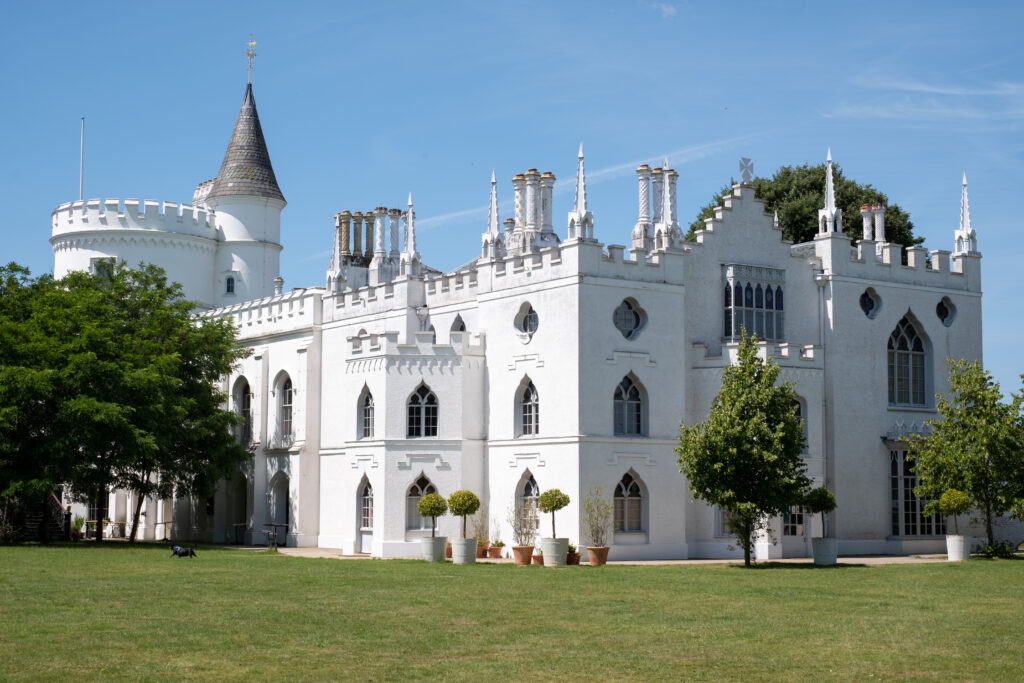
Twickenham, lying on the Thames, has long been a place of elegance, leisure, and culture. Known today for Twickenham Stadium, the home of English rugby, the town also boasts a much older history as a riverside retreat for poets, artists, and aristocrats.
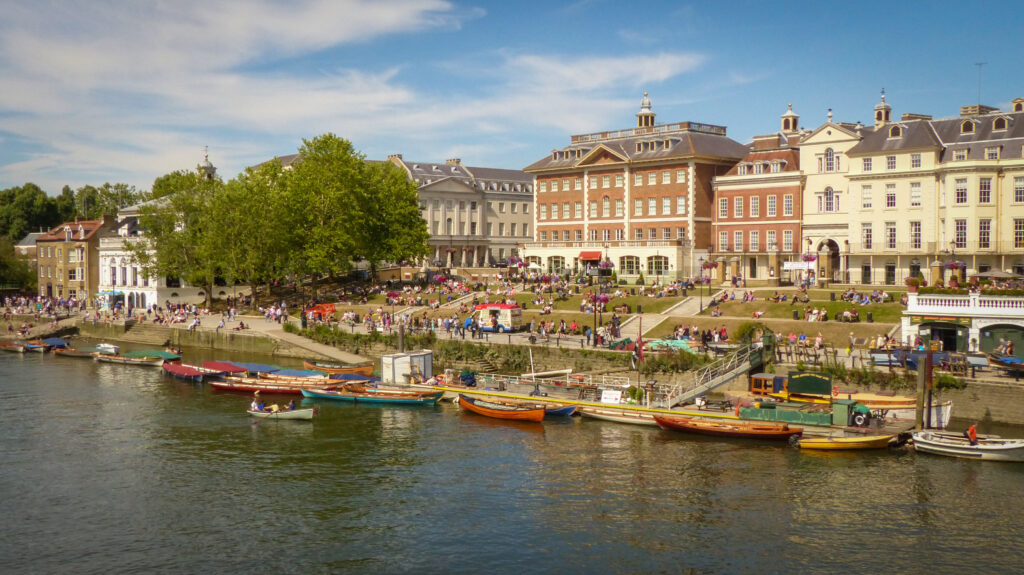
One of its most remarkable landmarks is Strawberry Hill House, the Gothic Revival villa built by writer and politician Horace Walpole in the 18th century. Often called the birthplace of the Gothic Revival style, the house is a fantasy of turrets, battlements, and ornate interiors, created to embody Walpole’s fascination with medieval romance and history. Its architecture went on to inspire countless other Gothic buildings in Britain and beyond.
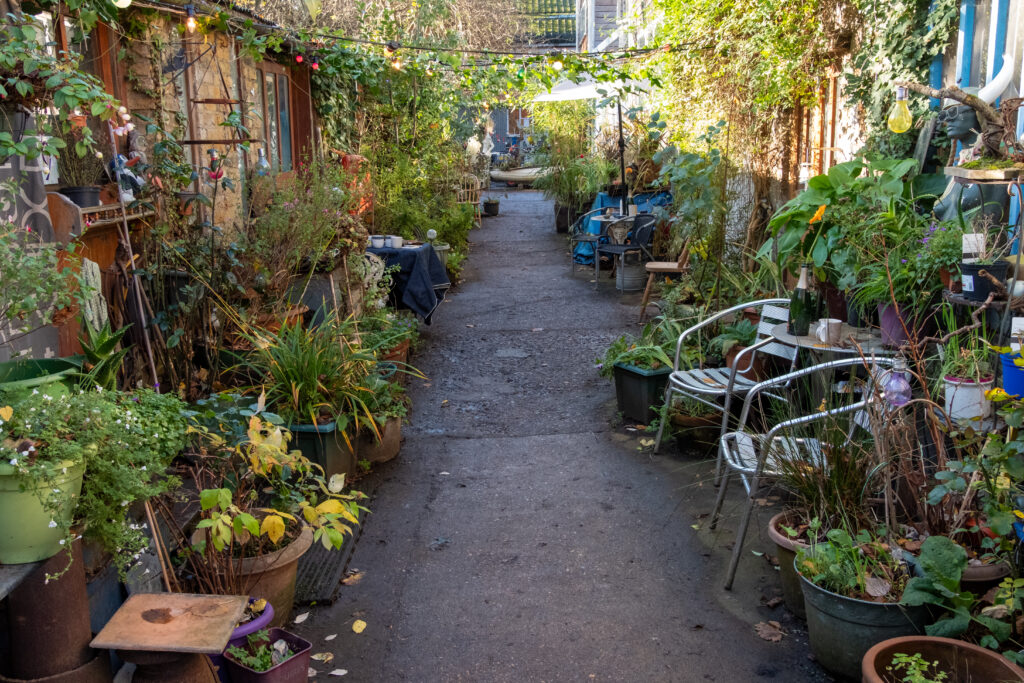
Twickenham’s riverside setting adds to its charm, with Eel Pie Island, once a centre of bohemian music and art, and elegant mansions lining the riverbanks. The area has long been associated with literary figures, including Alexander Pope, whose villa and gardens once drew London society.
Twickenham balances modern vibrancy—thanks to its rugby fame—with a deep sense of cultural heritage, making it one of Middlesex’s most fascinating destinations.
Richmond
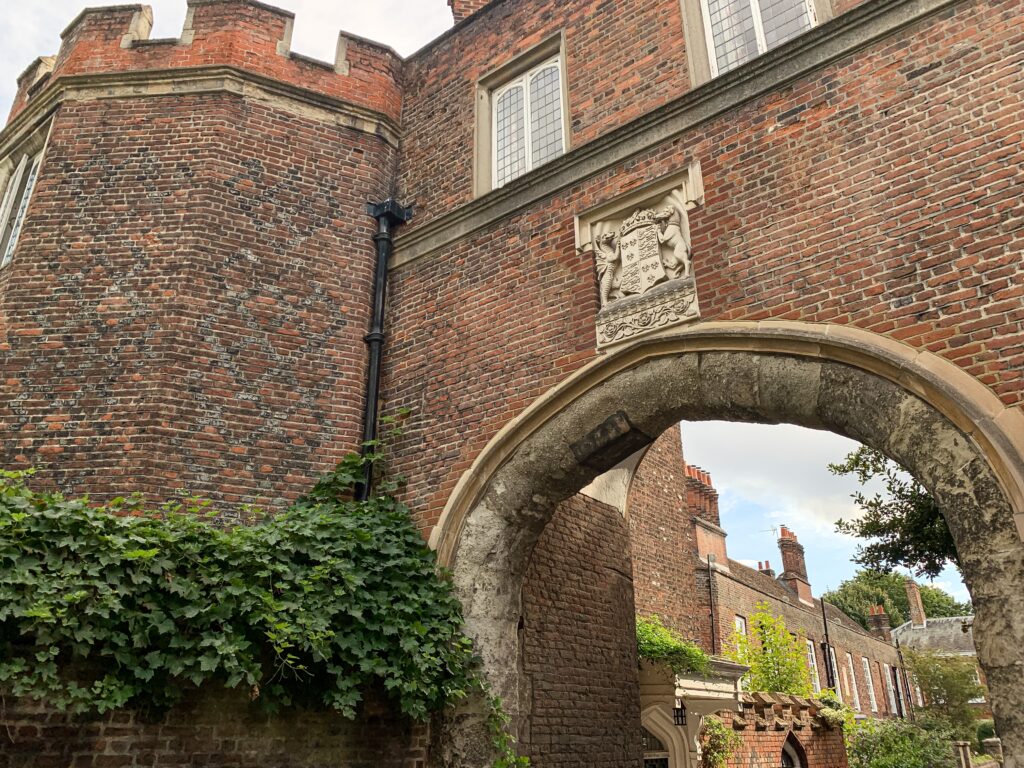
Richmond, though today part of Greater London, was historically within Middlesex and retains a character that bridges town and countryside. Famous for its sweeping riverside views and expansive green spaces, Richmond has long been a retreat for London’s elite.
At its heart lies Richmond Green, once a jousting ground for Henry VIII and now a leafy common surrounded by Georgian townhouses and cosy pubs. Close by is Richmond Palace, of which only fragments remain, but which was once a favoured royal residence during the Tudor and Stuart periods.
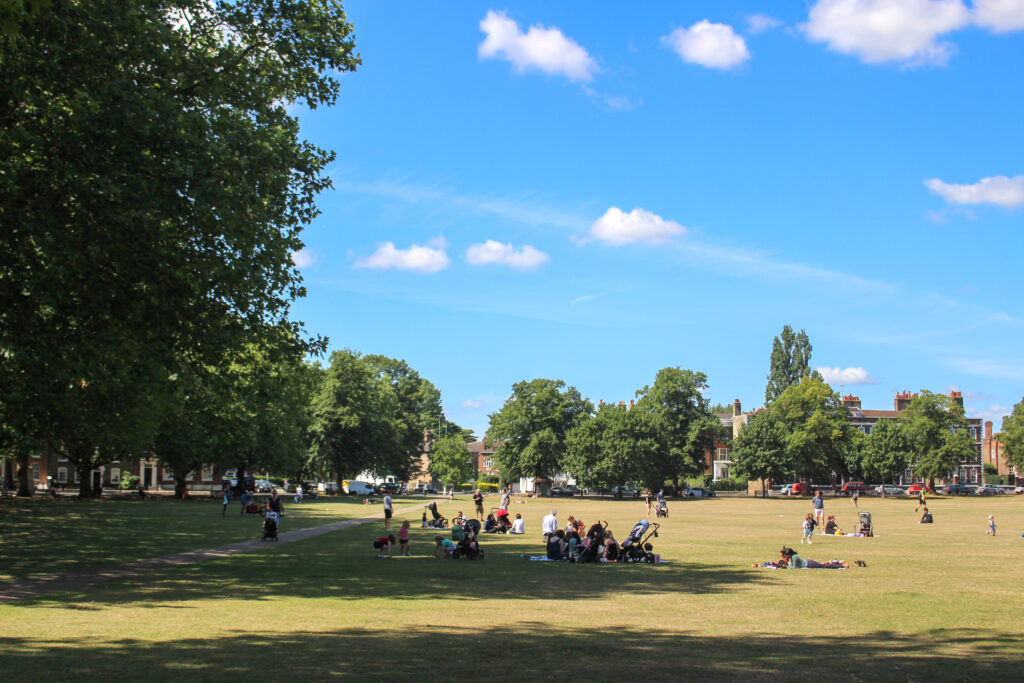
Most celebrated of all is Richmond Park, created as a royal hunting ground in the 17th century by Charles I. Today it is the largest of London’s Royal Parks, with herds of red and fallow deer roaming freely across its 2,500 acres. From King Henry’s Mound, visitors can glimpse a protected view of St Paul’s Cathedral across London, linking the tranquillity of Richmond with the city beyond.
Richmond embodies the enduring appeal of Middlesex: riverside beauty, royal heritage, and timeless landscapes that still feel like a world apart from the bustle of London.
Harrow-on-the-Hill & Harrow School

Harrow-on-the-Hill rises above northwest London, its historic village clustered around the spire of St Mary’s Church, which has stood since the 11th century. From the hilltop, sweeping views stretch across the capital, reminding visitors of Harrow’s long-standing significance.
The area is best known for Harrow School, one of England’s most prestigious public schools, founded in 1572 under a charter from Queen Elizabeth I. Its historic buildings, including the Fourth Form Room and the Gothic-style Speech Room, have educated generations of statesmen, poets, and leaders—among them Winston Churchill and Lord Byron. The traditions of the school, from uniforms to cricket on the playing fields, contribute to its iconic reputation.
The village itself retains a charm of winding lanes, historic inns, and period houses. St Mary’s Churchyard is also notable, as Lord Byron once carved his name on a pew here, and the poet often reflected on the view from Harrow Hill.
Harrow combines academic prestige, historic architecture, and village character, making it a cornerstone of Middlesex’s identity.
Enfield Town & Forty Hall
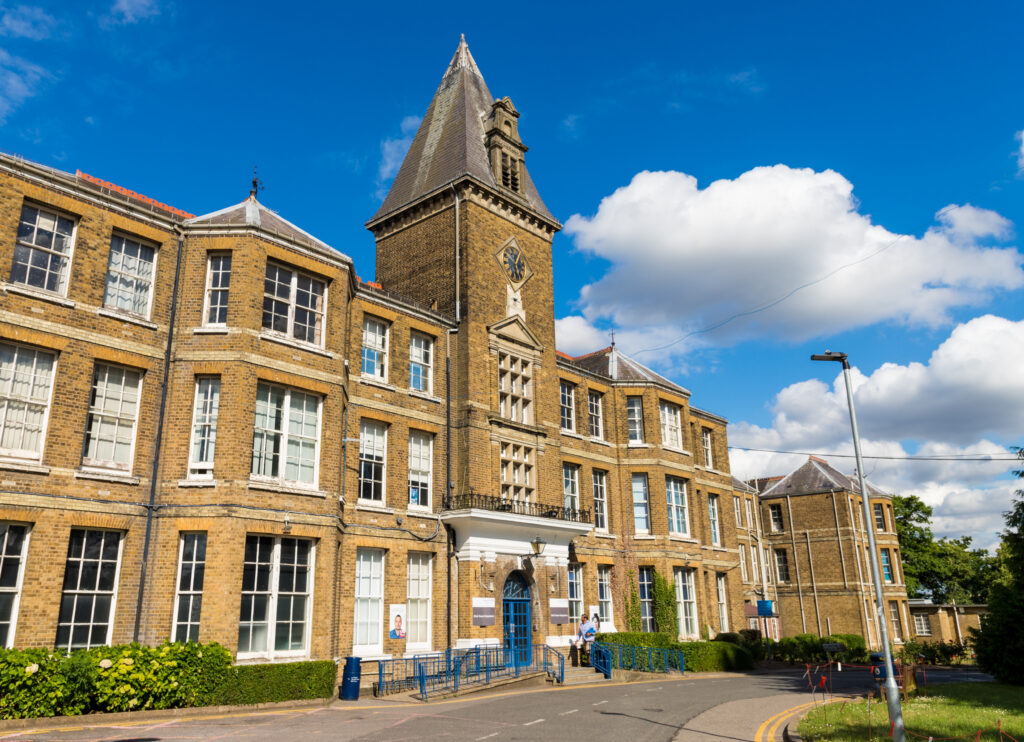
Enfield Town, historically one of the principal centres of Middlesex, blends market-town tradition with suburban character. Its history stretches back to medieval times, when Enfield Chase, a vast royal hunting ground, surrounded the settlement. Today, Enfield Town Park and remnants of the Chase still preserve its green heritage.
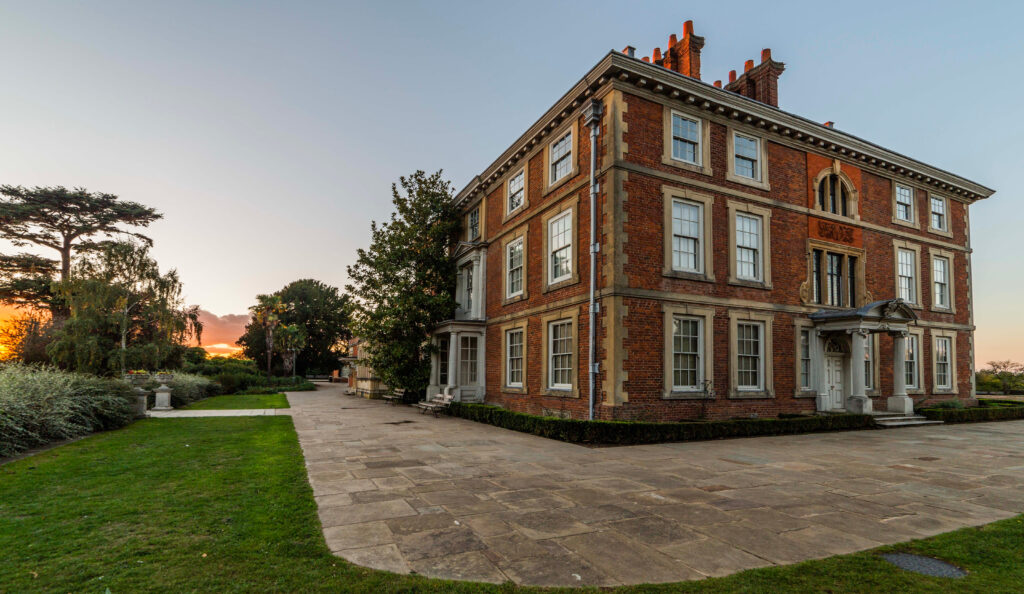
The jewel of the area is Forty Hall, a 17th-century manor house set within a landscaped estate. Built for Sir Nicholas Rainton, a wealthy London merchant and Lord Mayor of London, the house exemplifies the elegance of the Jacobean era. Inside, visitors can explore period rooms that reveal the lives of wealthy Londoners who sought rural retreats in Middlesex.
The surrounding parkland, with lakes, woodlands, and formal gardens, makes Forty Hall a haven of tranquillity. It also holds links to history far older than its walls—nearby lies the site of Elsyng Palace, a Tudor royal residence where Queen Elizabeth I spent part of her childhood.
Together, Enfield and Forty Hall showcase the long interplay between royal, mercantile, and suburban life in Middlesex.
Uxbridge & Colne Valley Park

Uxbridge, on the western edge of Middlesex, has been an important town since medieval times, known for its markets, coaching inns, and later as a hub of industry and commerce. It also played a notable role in history: in 1645, during the English Civil War, it hosted the Treaty of Uxbridge, a failed attempt at peace negotiations between King Charles I and Parliament.
Today, Uxbridge balances its historic character with modern life, serving as a major centre within Greater London. Its riverside setting by the Colne and the nearby Colne Valley Regional Park provides a green escape from urban bustle. The park stretches across lakes, rivers, meadows, and nature reserves, offering opportunities for walking, cycling, and birdwatching.
Uxbridge’s combination of historic landmarks, vibrant town life, and access to one of Middlesex’s most important natural landscapes makes it a key part of the county’s heritage.
Brentford & the River Thames

Brentford, where the River Brent meets the Thames, has long been a place of settlement, industry, and transport. In Roman times, a ford across the Brent gave the town its name, and in later centuries Brentford became a busy riverside hub.
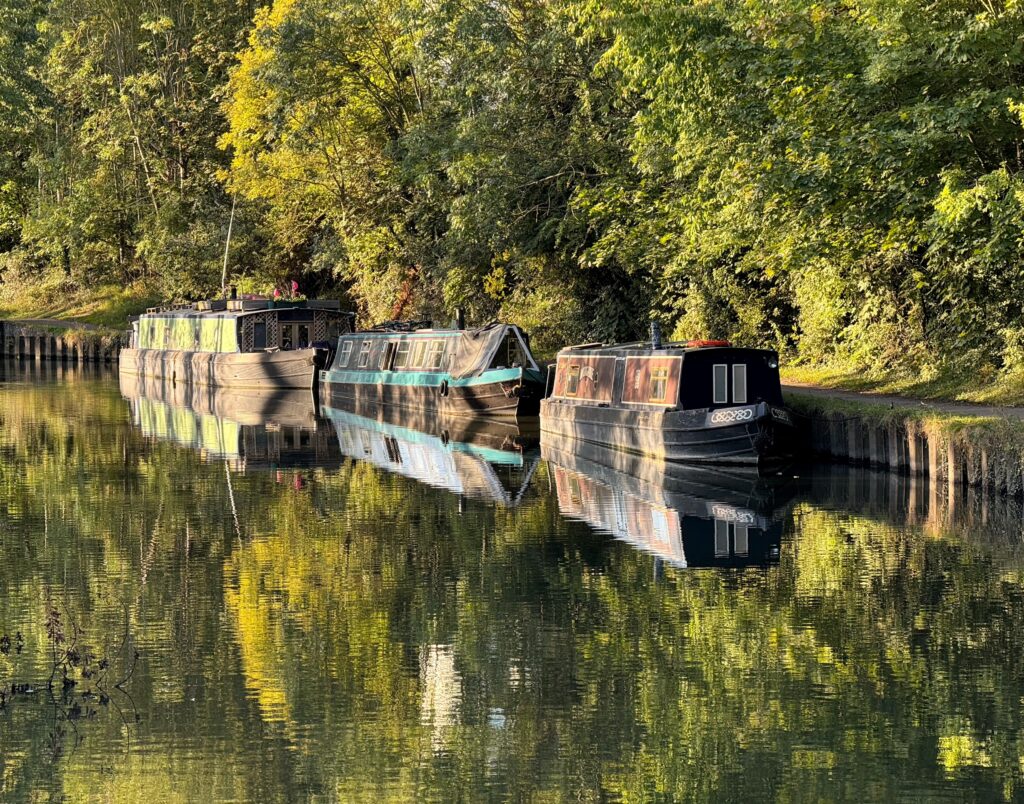
One of Brentford’s most significant moments in history came in 1642, during the English Civil War, when it was the site of the Battle of Brentford, a clash between Royalist and Parliamentarian forces. Today, reminders of its past survive in historic buildings and riverside wharves.
The Thames here has shaped Brentford’s character, from commerce to culture. Nearby landmarks include the Musical Museum and the London Museum of Water and Steam, both celebrating Brentford’s industrial and cultural contributions. The regeneration of Brentford’s riverside continues to transform the area into a vibrant blend of old and new, keeping its Middlesex heritage alive.
Isleworth & Kew Bridge
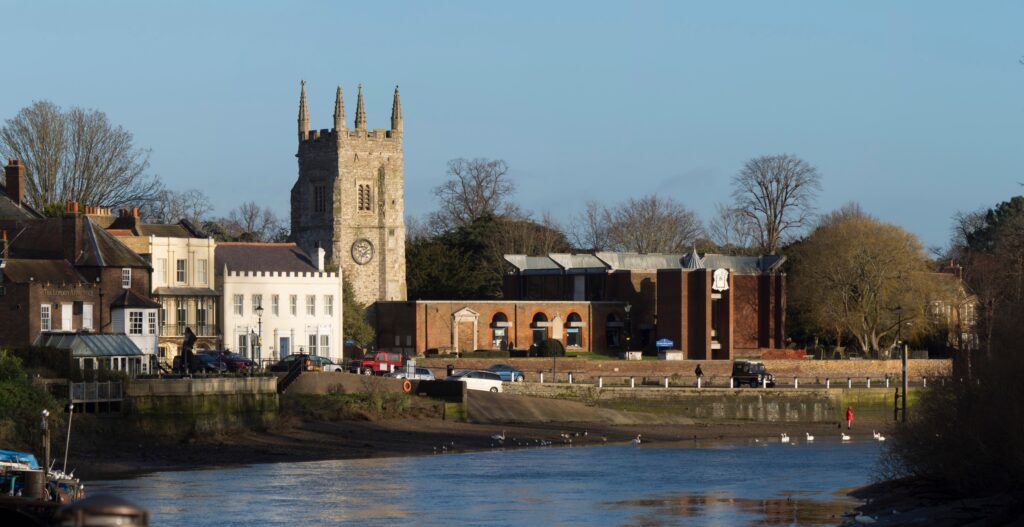
Just downstream from Brentford lies Isleworth, a riverside settlement with a history stretching back to the Domesday Book. Its riverside charm is enhanced by historic mansions and religious foundations, such as Syon House, the grand estate of the Dukes of Northumberland. Built on the site of a medieval abbey, Syon House is one of the great houses of England, its interiors redesigned by Robert Adam in the 18th century.
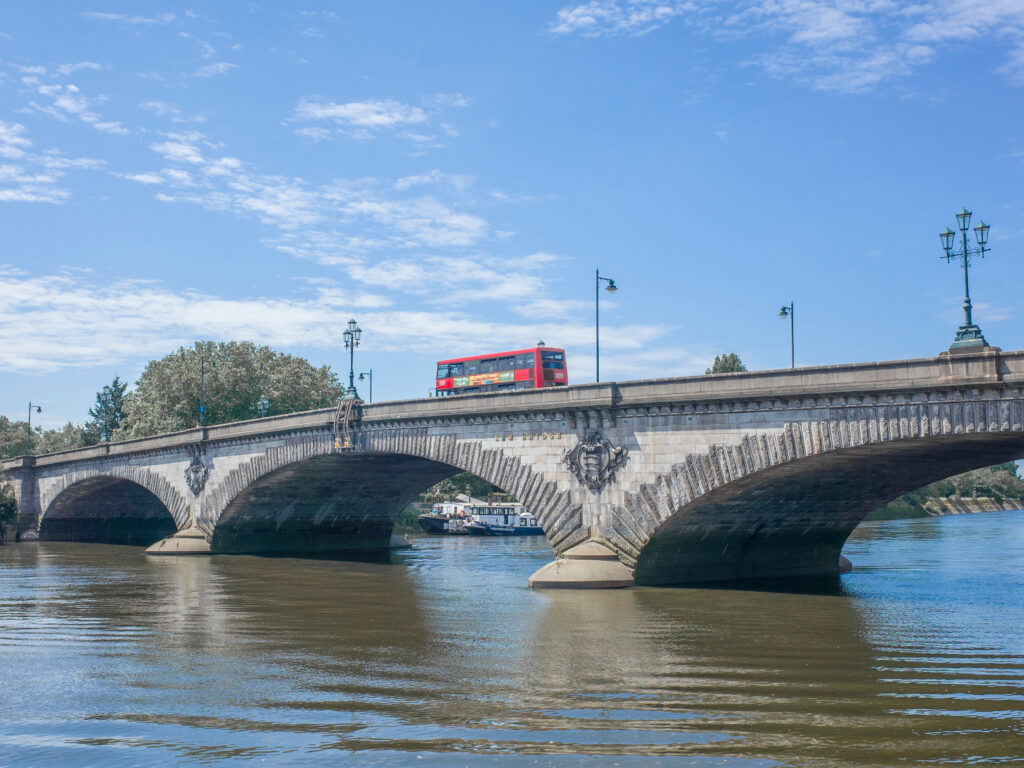
Nearby stands Kew Bridge, which links Middlesex to Kew Gardens on the opposite bank in Surrey. The bridge, rebuilt in the 20th century, has long been a vital crossing point on the Thames. Beside it is the London Museum of Water and Steam, celebrating the engines that once pumped water into the growing metropolis.
Isleworth and Kew Bridge together highlight Middlesex’s riverside heritage—places where industry, aristocracy, and natural beauty converge.
Sunbury-on-Thames

Sunbury-on-Thames is a riverside town that retains much of its village charm despite its proximity to London. Its historic core centres on Sunbury Park and the Walled Garden, a beautifully landscaped space featuring ornamental planting, sculptures, and the Sunbury Millennium Embroidery Gallery, which houses a community artwork celebrating the town’s heritage.

Sunbury has long been associated with the Thames, its riverside providing moorings, walks, and regattas. The town also hosts the Kempton Park Racecourse nearby, a major venue for horse racing and greyhound racing, which further adds to its significance.
The balance between riverside tranquillity, cultural life, and sporting tradition makes Sunbury-on-Thames a distinctive part of Middlesex’s story.
Feltham & Hanworth
Feltham and Hanworth, once rural villages, grew significantly during the 19th and 20th centuries as Middlesex suburbanised. Despite this, their landscapes preserve traces of their earlier history.

Hanworth Park is steeped in royal connections, once serving as a hunting ground for Henry VIII and later linked to Queen Elizabeth I. During the early 20th century, it became an airfield and played a role in Britain’s aviation history.
Feltham, meanwhile, evolved into a major centre of horticulture and nursery gardens, before expanding as an industrial and residential district. Today, Feltham retains green spaces such as Feltham Green and serves as a hub within outer London, showing how Middlesex blended rural origins with modern growth.
Together, Feltham and Hanworth reflect Middlesex’s transformation from royal parks and farmlands into suburban communities, marking the county’s adaptation to changing times.
Edmonton & Southgate
Edmonton and Southgate, once rural villages in Middlesex, developed into important suburban centres as London expanded northward.
Edmonton has a long history, appearing in the Domesday Book, and was known for its market gardens and later industry. Its parish church of All Saints is centuries old, while the area also had cultural significance—immortalised in 17th-century drama through the play The Merry Devil of Edmonton.

Southgate, by contrast, retained more of its genteel, residential character. It grew around a gatehouse of Enfield Chase, the royal hunting ground, and later became an attractive place for middle-class villas and housing. Its historic core, including Christ Church Southgate and leafy avenues, still reflects its Victorian and Edwardian growth.
Together, Edmonton and Southgate showcase Middlesex’s suburban story—one of transformation from fields and gardens into thriving communities tied to London’s ever-expanding orbit.
Tottenham
Tottenham, lying along the old Roman road of Ermine Street, is one of Middlesex’s most historic settlements. Once a medieval manor centred around All Hallows Church and Tottenham Green, it became a thriving village known for fairs, markets, and eventually industry.
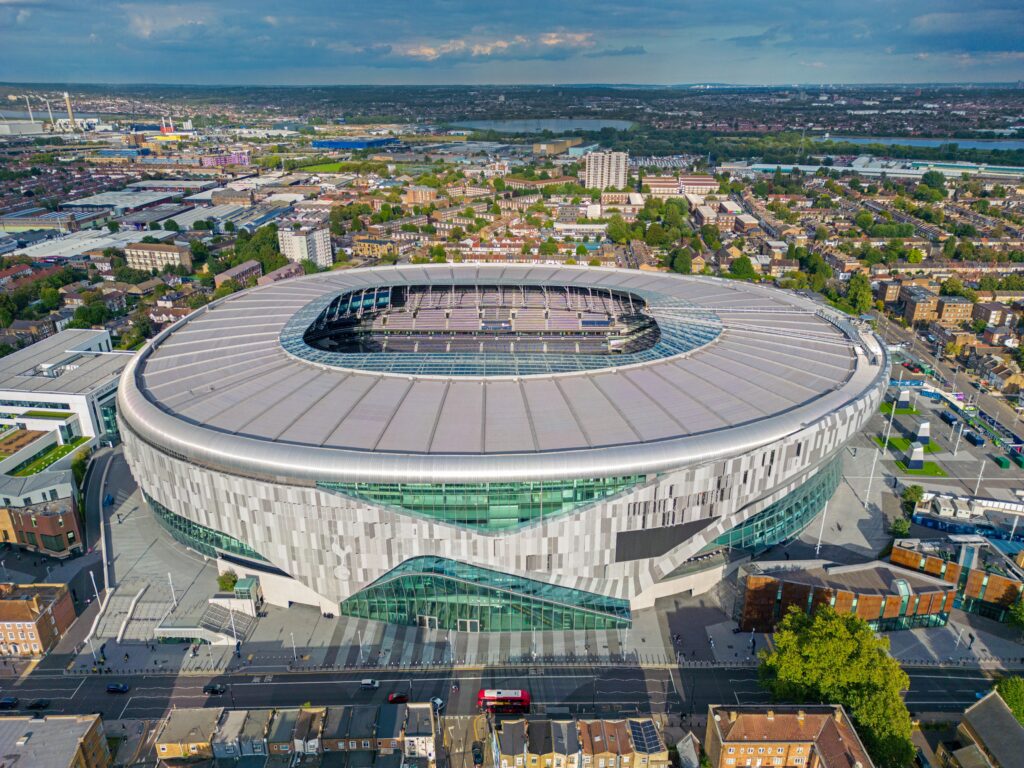
In the 19th and 20th centuries, Tottenham underwent rapid urbanisation, becoming a major part of London’s working-class heartland. It is perhaps best known today for its football club, Tottenham Hotspur, founded in 1882. The club’s stadium, a modern architectural landmark, symbolises Tottenham’s enduring role in sport and community identity.

Cultural diversity has become one of Tottenham’s hallmarks, with successive waves of migration enriching its character. From its medieval roots to its present-day dynamism, Tottenham encapsulates the evolution of Middlesex into metropolitan London.
Wembley
Wembley is one of Middlesex’s most iconic names, synonymous worldwide with sport and music. The original Wembley Stadium, built for the British Empire Exhibition of 1924, became the national stadium of England, hosting FA Cup Finals, Olympic Games, and legendary concerts. The rebuilt modern stadium, with its soaring arch, continues that legacy, standing as one of the world’s great sporting venues.

Wembley’s story, however, extends beyond football. The district was once a rural parish but grew rapidly with the coming of the railways and suburban housing. The Wembley Arena, adjacent to the stadium, has hosted generations of music and entertainment, cementing the area’s global fame.
At the same time, Wembley reflects Middlesex’s diversity, with vibrant communities and cultural life surrounding its landmark venues. It embodies the county’s modern, international face while still rooted in its suburban past.
Ruislip
Ruislip offers a glimpse into the rural origins of Middlesex, with its village core still remarkably intact. Manor Farm, once the administrative centre of the medieval manor, is preserved as a heritage site, complete with a Great Barn dating from the 13th century. The parish church of St Martin’s, alongside timber-framed houses and village greens, makes Ruislip one of the most picturesque reminders of old Middlesex.

At the same time, Ruislip became a quintessential garden suburb in the 20th century, expanding with the arrival of the Metropolitan Railway’s “Metroland” developments. Beyond its housing estates, Ruislip Lido provides a unique attraction: a former reservoir transformed into a public park, complete with a miniature railway and woodland walks.
Ruislip embodies both continuity and change—rooted in medieval history while embracing suburban modernity.
Hillingdon
Hillingdon, one of the largest historic parishes in Middlesex, is today a sprawling borough, but its roots stretch back centuries. The medieval parish church of St John the Baptist still stands, its tower a reminder of the village origins before suburban growth transformed the area.
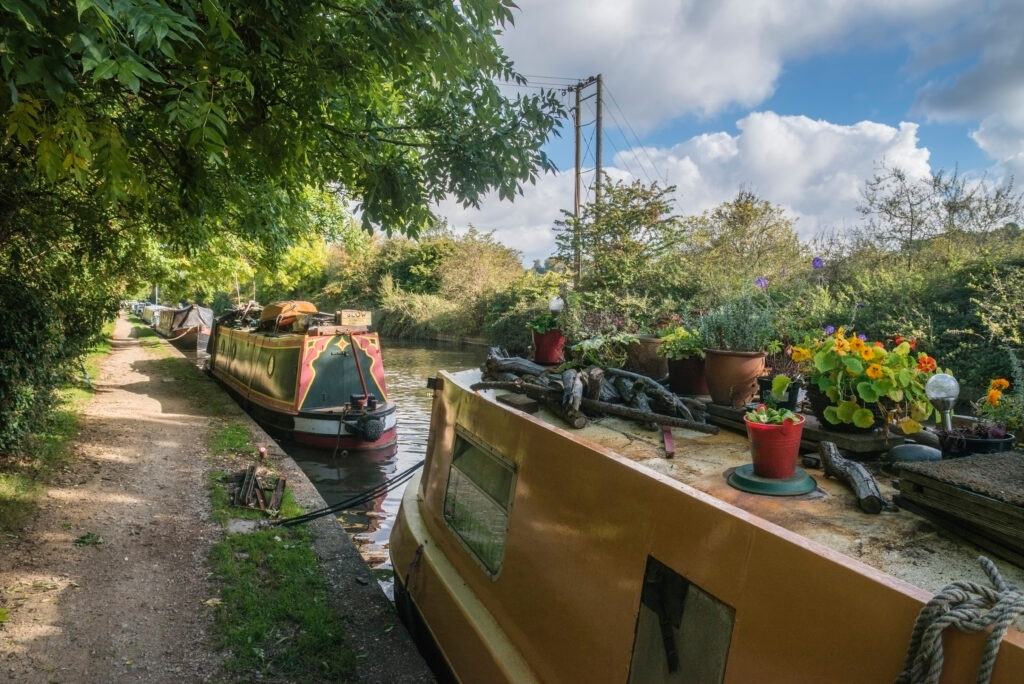
Hillingdon’s landscape was shaped by agriculture, canals, and later the expansion of London’s housing. The Grand Union Canal and associated industries brought economic change in the 18th and 19th centuries, while the 20th century saw Hillingdon linked closely with Heathrow Airport, which reshaped the entire western edge of Middlesex.
Despite its modern associations with transport and urban sprawl, Hillingdon retains valuable green spaces such as Hillingdon Court Park and Colne Valley Regional Park, balancing heritage with contemporary life.
Pinner
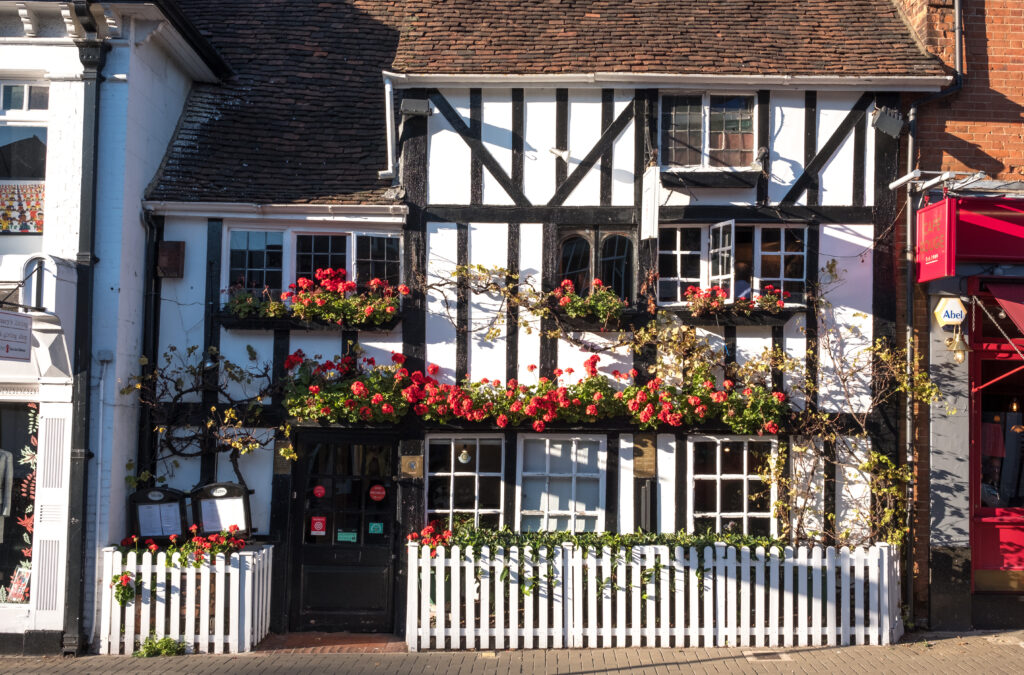
Pinner, in contrast to the industrial districts of Middlesex, is celebrated for its village charm and genteel atmosphere. Its historic High Street, lined with timber-framed buildings and elegant Georgian houses, feels like a step back in time. The annual Pinner Fair, first granted a charter in 1336, is still held each May, continuing one of the longest-running traditions in the county.
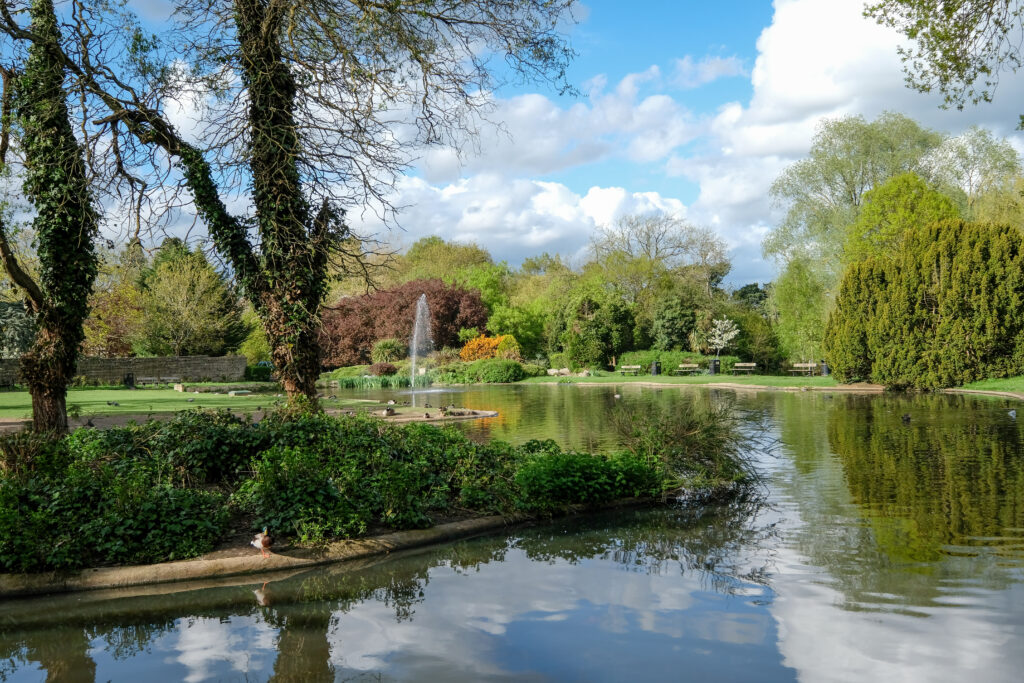
At its heart stands St John the Baptist Church, with its spire dominating the skyline. Pinner’s survival as a village-like community owes much to its careful development during the 20th century, when it became part of London’s suburban expansion yet managed to retain its identity.
Today, Pinner is cherished for its heritage, green spaces, and cultural associations, including connections to writers and artists. It is one of the best-preserved historic centres in all of Middlesex.
Acton

Acton, whose name means “oak town,” was once a rural settlement of farms and orchards before becoming one of Middlesex’s most industrialised districts in the 19th century. Its proximity to London and excellent transport links made it a centre for laundries—by the Victorian era, Acton was known as “Soapsuds Island” due to the sheer number of commercial laundries operating here.
Later, Acton became an important hub for engineering and motor industries, home to factories producing cars, components, and household goods. This industrial legacy left a mark on its urban character, but Acton also retains strong community traditions.
Today, Acton is known for its cultural diversity, bustling markets, and residential districts that blend Victorian terraces with modern housing. Its story reflects Middlesex’s transformation from rural to industrial and finally to cosmopolitan suburb.
Paddington
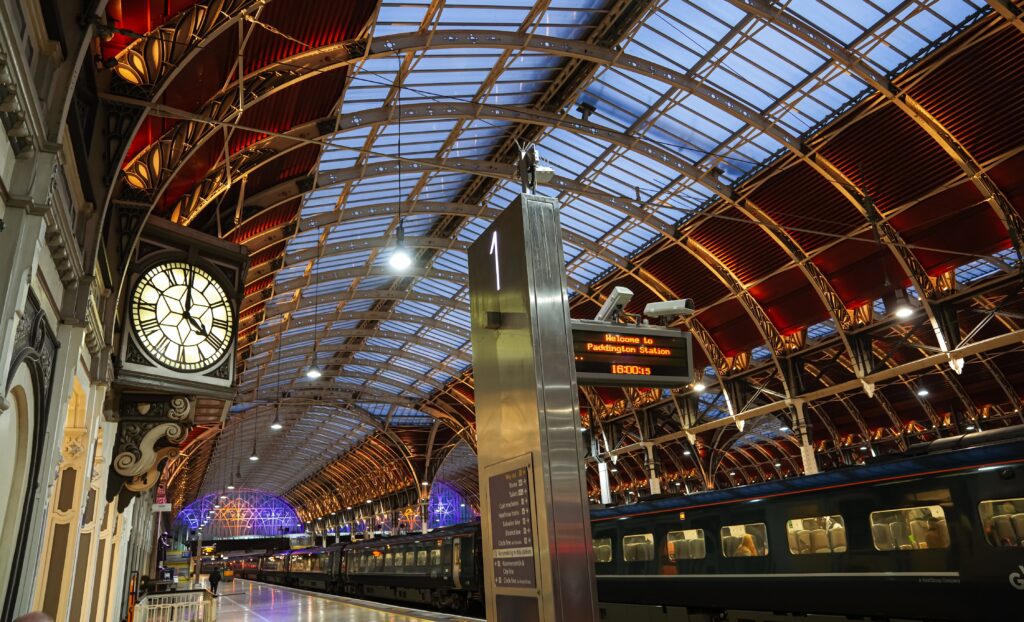
Though now firmly identified with central London, Paddington historically lay within Middlesex and played a key role in shaping the county’s identity. It was once a rural parish known for farms and meadows before transforming in the 19th century into one of London’s transport and commercial hubs.

The arrival of Paddington Station, designed by Isambard Kingdom Brunel, cemented its importance. As the London terminus of the Great Western Railway, Paddington connected Middlesex and the capital with the west of England and Wales, bringing trade, travel, and growth.

Paddington also became known for its canals, with the Paddington Basin forming part of the Grand Union Canal network. Its regeneration in recent years has turned the basin into a modern residential and commercial quarter, balancing heritage with innovation.
From pastoral origins to railways and canals, Paddington reflects Middlesex’s ability to adapt and thrive in step with London’s expansion.
Marylebone

Marylebone, once a quiet Middlesex village, evolved into one of London’s most elegant districts. Its name derives from the church of St Mary by the Tyburn stream, which once flowed nearby. By the 18th and 19th centuries, Marylebone was developed into a fashionable residential area, with grand terraces, squares, and crescents designed by leading architects.
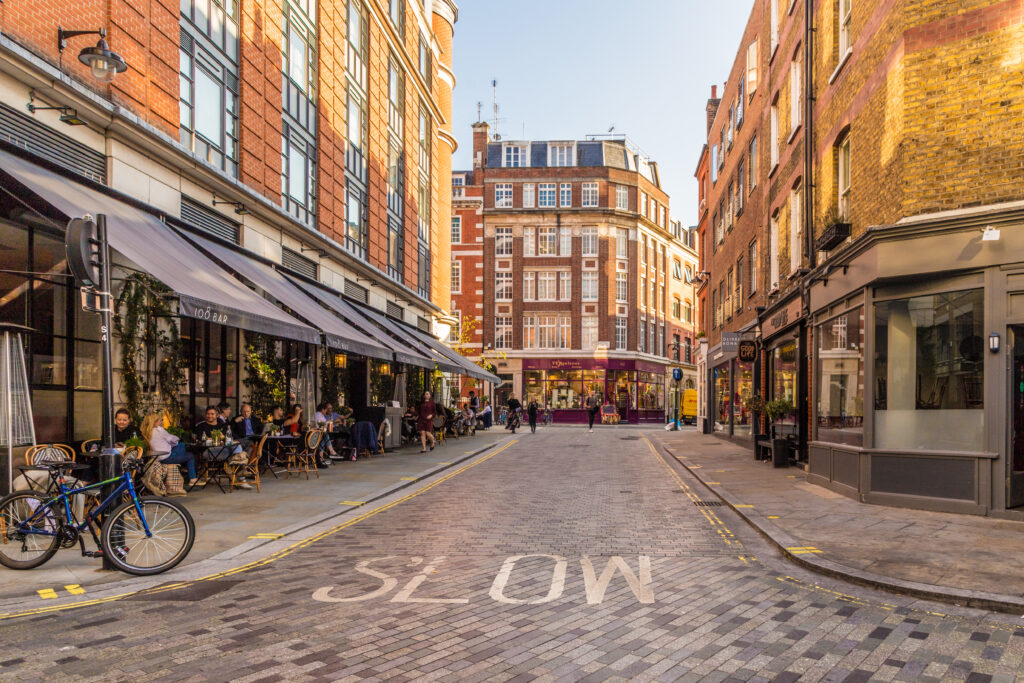
Highlights include Marylebone High Street, known for its boutiques, cafés, and cultural vibrancy, and Marylebone Station, a charming Victorian terminus. The district also became synonymous with medicine and learning, with institutions such as Harley Street, famed for its doctors and specialists, and the Royal Academy of Music.

Marylebone has cultural resonance too, with figures such as Charles Dickens and Arthur Conan Doyle’s Sherlock Holmes linked to its streets. Its mix of elegance, culture, and literary fame makes it one of Middlesex’s brightest jewels.
St Pancras
St Pancras, historically part of Middlesex, has long been a district of contrasts—ancient churches, railway innovation, and urban renewal. Its parish church, St Pancras Old Church, is among the oldest sites of Christian worship in England, standing for over a thousand years.
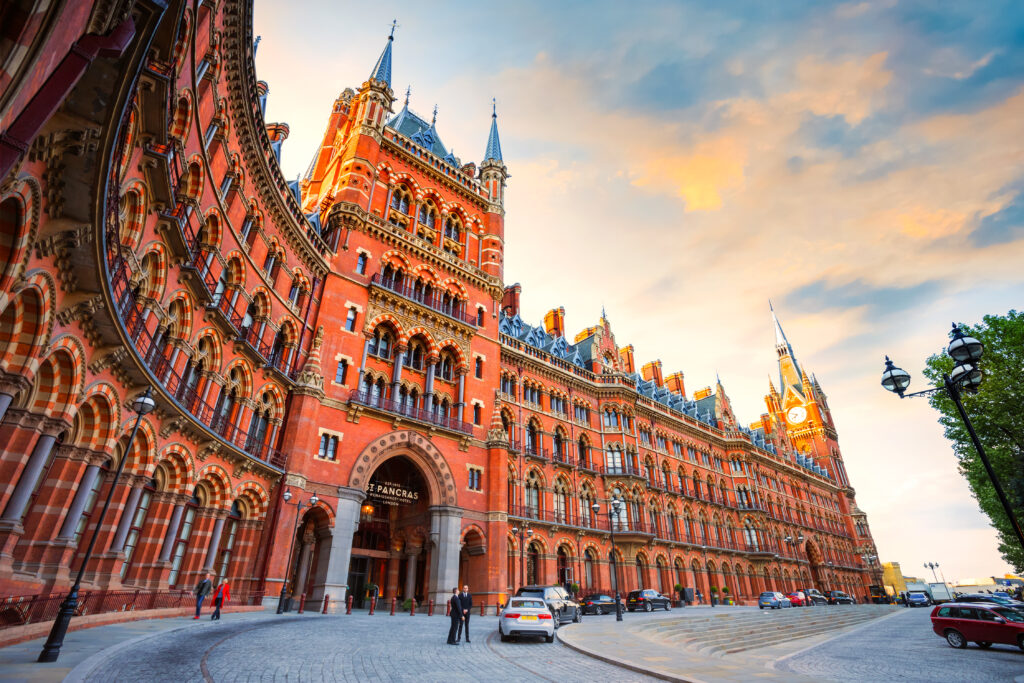
The 19th century transformed the area with the arrival of the railways. St Pancras Station, with its magnificent Gothic Revival hotel and soaring train shed, became one of the architectural wonders of the Victorian age. Its restoration and rebirth as the terminal for Eurostar services in the 21st century brought St Pancras back to global prominence.
The area also holds literary and artistic connections, from Thomas Hardy overseeing the removal of gravestones in St Pancras Churchyard to the many writers and artists who lived nearby. Today, St Pancras symbolises Middlesex’s ability to combine ancient roots with cutting-edge modernity.
Holborn & the Inns of Court
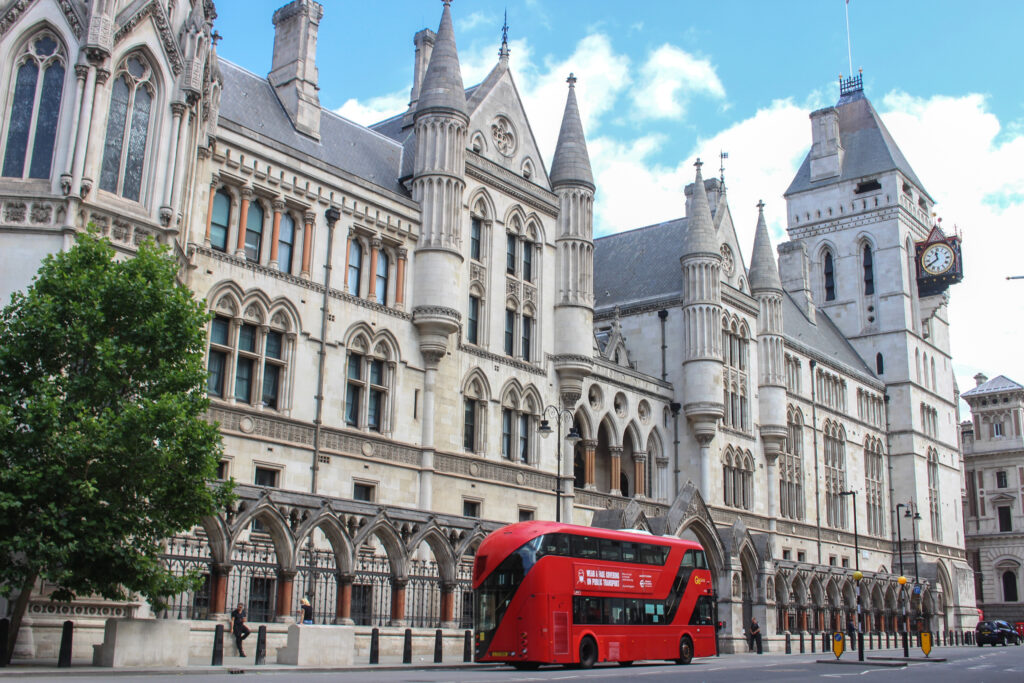
Holborn, lying just west of the City of London, was historically in Middlesex and became one of its most distinguished districts. Known since medieval times as a place where the legal profession flourished, Holborn is home to the Inns of Court—Lincoln’s Inn, Gray’s Inn, Inner Temple, and Middle Temple—where barristers have trained and practised for centuries.

These institutions, with their cloistered courtyards, gardens, and historic halls, preserve a sense of medieval and Tudor London amid the modern city. Holborn itself developed into a bustling district of commerce, publishing, and learning, while retaining this deep connection to law and governance.
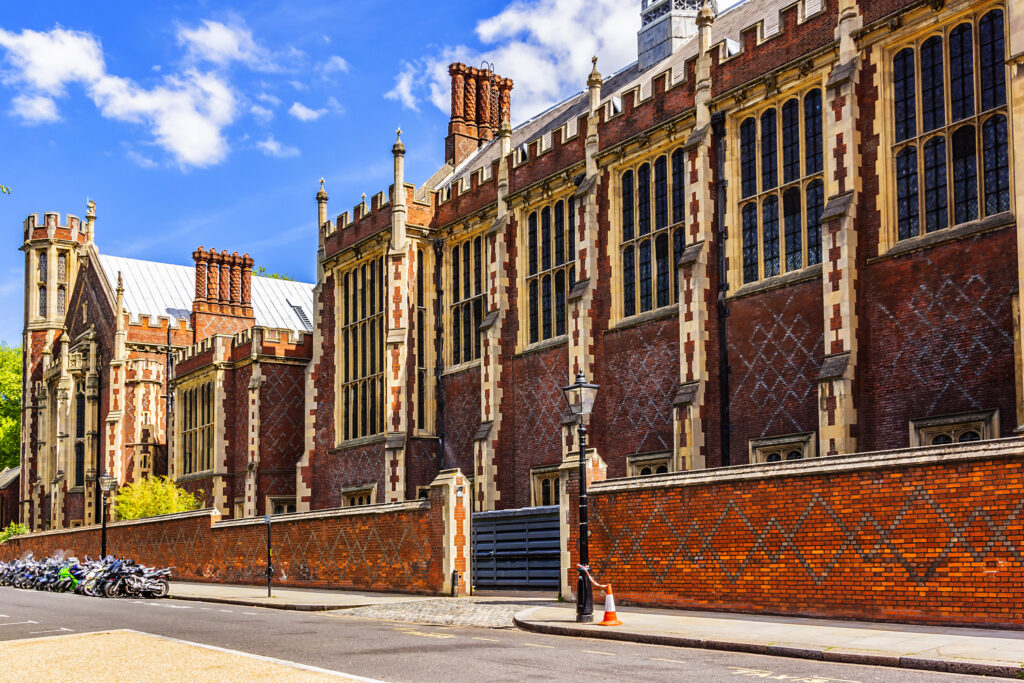
The blend of law, literature, and history is central to Holborn’s identity. Writers from Charles Dickens to Virginia Woolf walked its streets, while the Inns of Court remain active centres of legal life. Holborn, at the very heart of Middlesex’s link to London, epitomises the county’s legacy of intellect, culture, and tradition.

